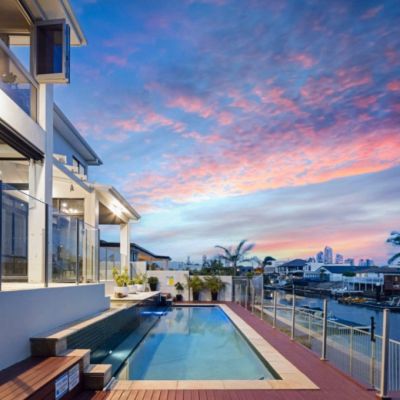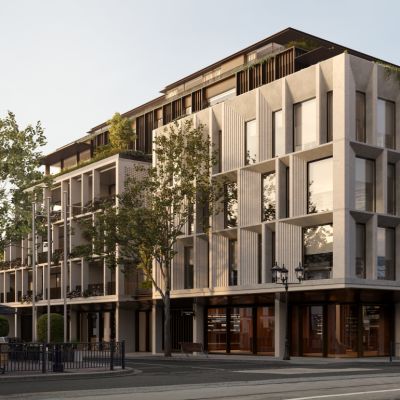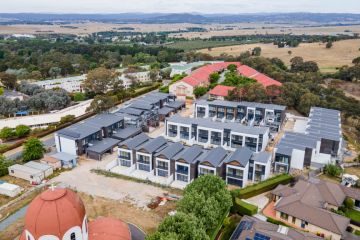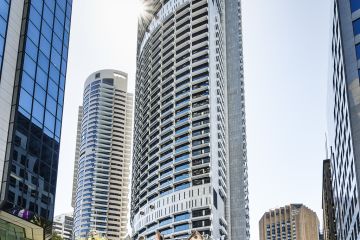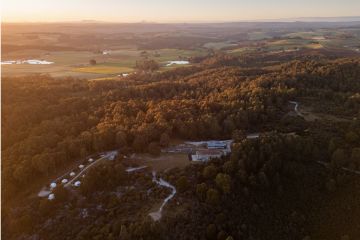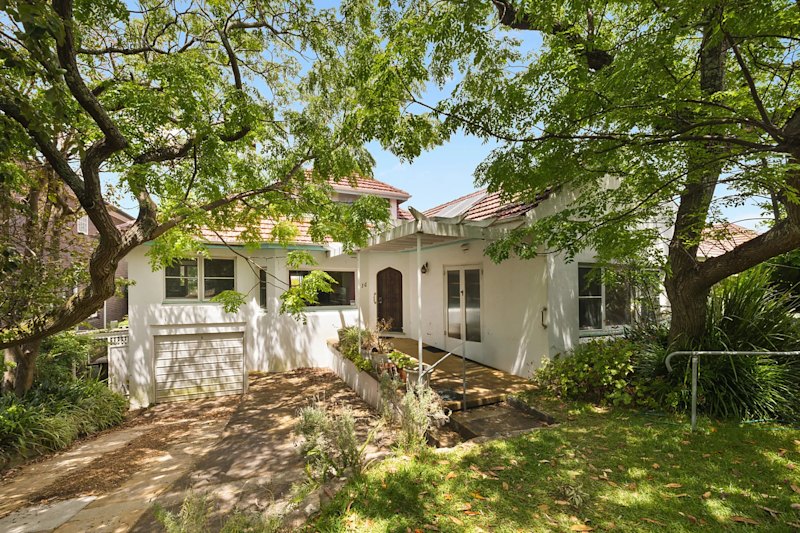Are build-to-rent projects a good example of how to keep Australia's rent prices in check?
In the last quarter, the cost of renting rose by 10.5 per cent across the combined capital cities, pushing the median weekly rent to new highs, while vacancy rates tightened.
The grim reality is that, in order for the rental market to stabilise, there needs to be 40,000 to 70,0000 more available dwellings, says Domain chief of research and economics Dr Nicola Powell.
As impossible as that sounds, a solution may be in the background already.
Enter build-to-rent (BTR) projects. BTR housing is exactly what it sounds like: housing built for the sole purpose of being renting, rather than being sold to individual investors or owner-occupiers.
Typically, this sort of housing comes in the form of an apartment building and is owned by a single entity or corporation (like a superfund), and it’s managed by that same entity.
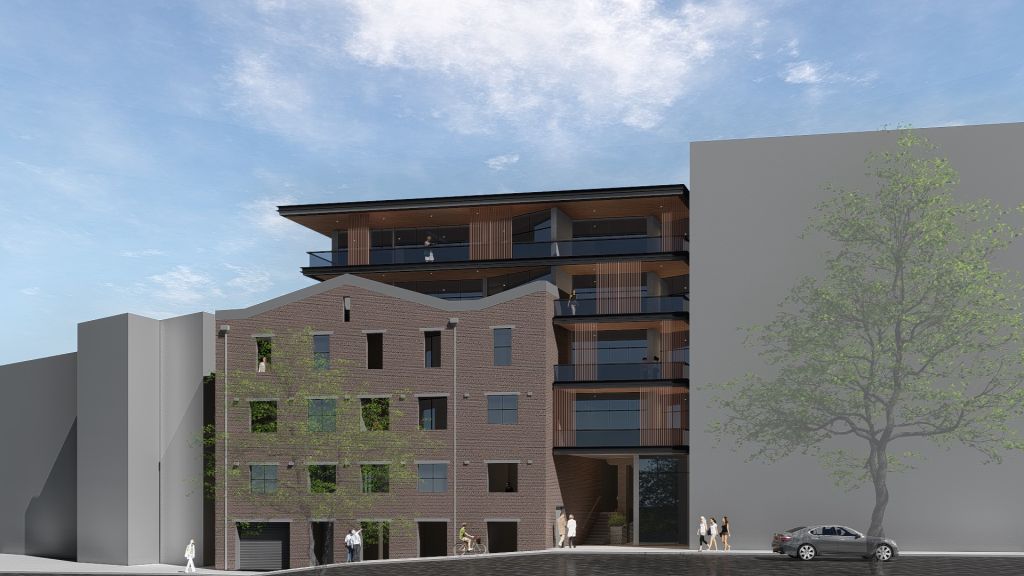
Jeremy Quinn from Franklin St, a build-to-rent advisory company, says BTR is one of the long-term solutions that could help bring some much needed stability to the rental market and keep rents from growing as rapidly.
“An increase in supply will unquestionably reduce the price that people need to pay for housing,” he says.
Grattan Institute associate Esther Suckling agrees, and says it’s the right path to diversifying housing options.
“We have a kind of chokehold on these mum-and-dad-invested properties, that any diversity of the stock gives people more tenure and security,” she says.
However, out of 2.5 million rental dwellings in Australia, only about 0.2 per cent is made up of BTRs, Suckling says.
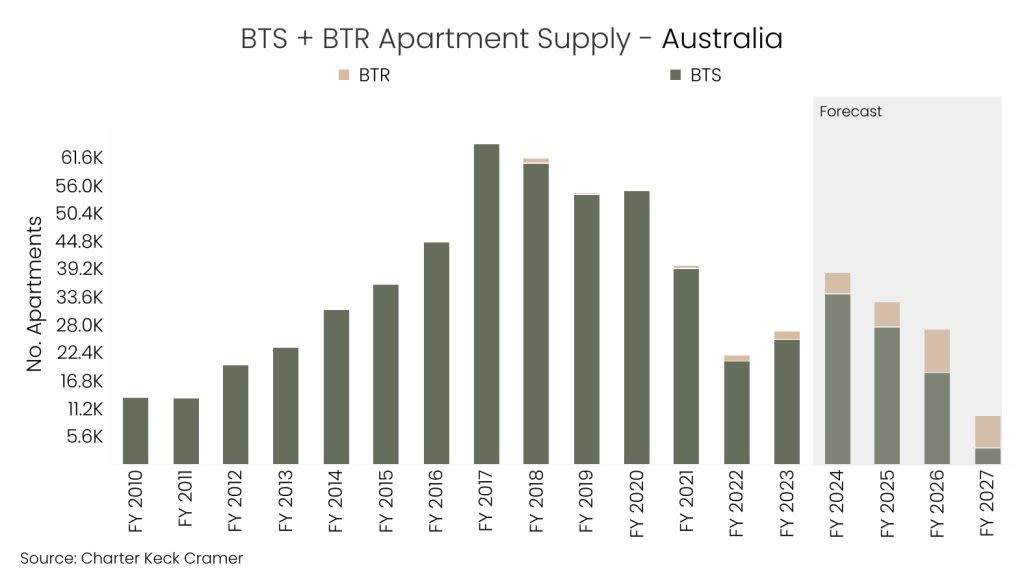
“There’s a big focus on owning, so we haven’t had as much emphasis on the value of having rental properties which are really sustainable to live in for a long period of time and to live in with families,” Suckling says.
By way of comparison, BTRs in the US make up 12 per cent of the housing market, and in the UK it’s 5.4 per cent, according to an Ernst & Young Australia report.
The report adds that Australia’s 0.2 per cent is roughly equal to 23,000 apartments; if that figure were to grow to roughly 3 per cent, that would mean 350,000 additional homes in the rental market.
Melbourne currently has Australia’s biggest BTR market share, at 48 per cent, according to a Colliers report.
It’s followed by south-east Queensland with 39 per cent, Sydney with 7 per cent, Perth with 4 per cent and Canberra with 3 per cent.
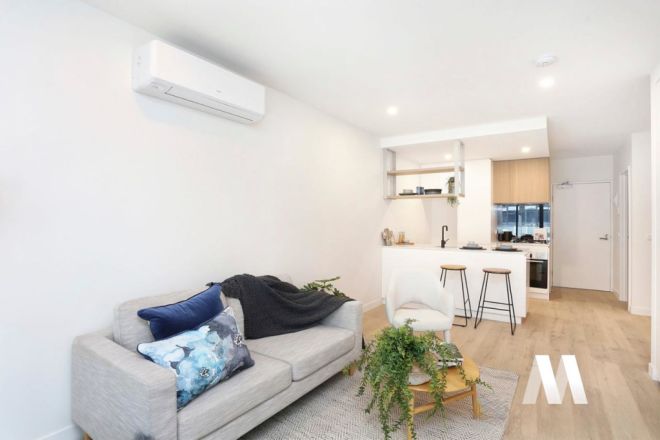
Ray White Group chief economist Nerida Conisbee says the reason Melbourne is leading the pack is simply because development in the city is cheaper and easier compared to other capital cities.
The Ernst & Young report adds that Victoria is more attractive to BTR investors than NSW because it has lower land rates, accessibility to “shovel-ready” locations, strong population growth and more flexibility in planning policies, and it tends to have a higher proportion of renters.
“We’ve also seen a lot of developers who previously did build-to-sell in Melbourne shift to build-to-rent because they weren’t able to sell apartments, so that was another driver,” Conisbee says.
While BTRs are still in their infancy and just “a little tiny sliver” of the rental market, Suckling believes this growing trend will help with long-term affordability.
“It’s helping more housing to get built,” she says.
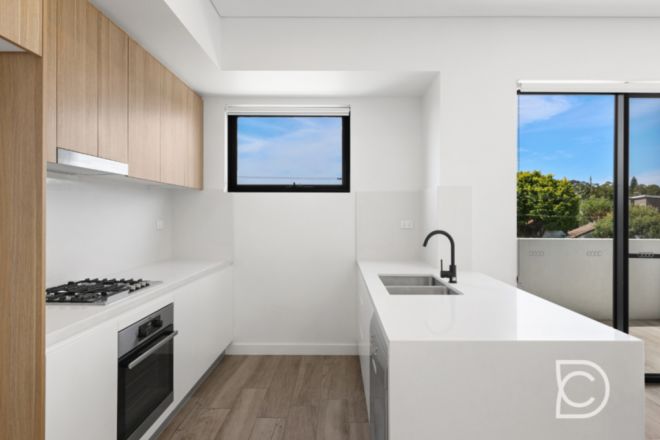
Quinn adds that having more choices should mean renters will not have to pay more for housing than they traditionally used to.
“It removes the leverage in the negotiation from the landlord to the tenant if they’ve got six options to choose from, as opposed to 60 people chasing one option,” he says.
We recommend
We thought you might like
States
Capital Cities
Capital Cities - Rentals
Popular Areas
Allhomes
More
- © 2025, CoStar Group Inc.

